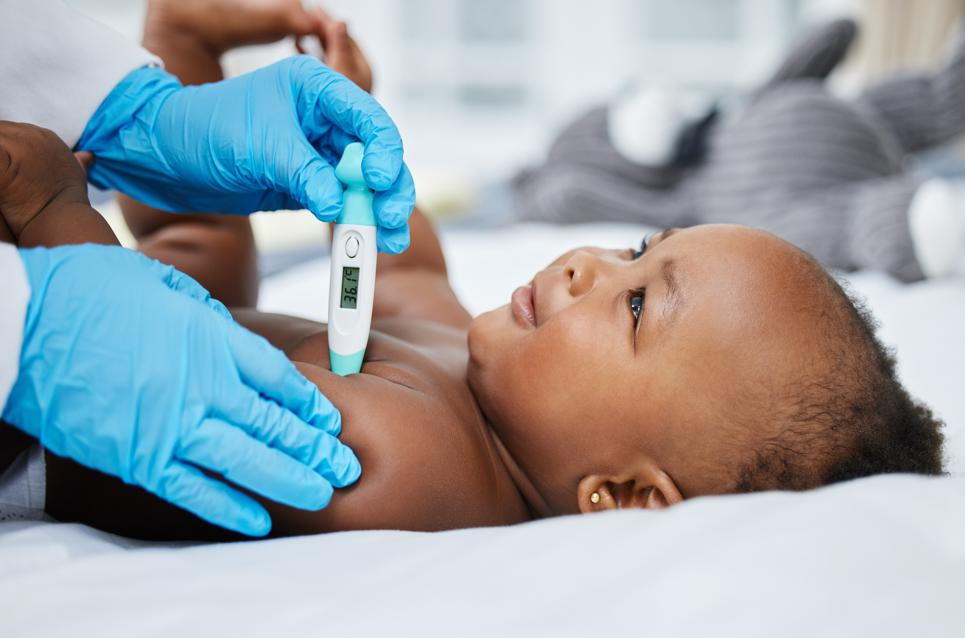
Crucial Tips on Baby Armpit Temperature: Parental Know-How
Parenting comes with a multitude of responsibilities, one of which is monitoring your baby's health. Among the essential tasks is keeping track of your baby's body temperature. While rectal thermometers are considered the most accurate for infants, measuring armpit temperature is a common and less invasive method used by many parents. In this article, we'll explore crucial tips for measuring and interpreting baby armpit temperature, ensuring that parents have the knowledge and confidence to monitor their little one's health effectively.
Understanding Armpit Temperature Measurement
Measuring armpit temperature involves placing the thermometer under the baby's arm and holding it in place until the reading is complete. It's important to note that armpit temperature readings tend to be slightly lower than rectal temperatures, typically by about 0.5 to 1 degree Fahrenheit.
Choosing the Right Thermometer
When selecting a thermometer for measuring armpit temperature, opt for a digital thermometer specifically designed for infants. Digital thermometers are safe, accurate, and easy to use, making them ideal for parents.
Proper Technique for Temperature Measurement
To obtain an accurate armpit temperature reading, ensure that your baby's armpit is dry and free of clothing obstruction. Place the thermometer snugly in the armpit and hold your baby's arm against their body to maintain contact until the reading is complete.
Interpreting Armpit Temperature Readings
While armpit temperature readings can provide valuable insights into your baby's health, it's essential to understand that they may not always reflect the most accurate body temperature. Factors such as ambient temperature, sweat, and clothing can affect the accuracy of armpit temperature measurements. Therefore, it's crucial to consider other symptoms and signs of illness when interpreting armpit temperature readings.
When to Seek Medical Attention
If your baby's armpit temperature registers as elevated or if they exhibit other concerning symptoms such as fussiness, lethargy, or poor feeding, consult with a healthcare professional promptly. While mild fluctuations in temperature may be normal, persistent or high fever accompanied by other symptoms may indicate an underlying health issue that requires medical evaluation.
Tips for Comfort and Accuracy
a. Comfort Measures: Make the temperature-taking experience as comfortable as possible for your baby by ensuring they are calm and relaxed before measurement.
b. Consistency: Take temperature measurements at consistent intervals, such as once a day or as recommended by your pediatrician, to track changes over time accurately.
c. Record Keeping: Keep a record of your baby's temperature readings and any accompanying symptoms or observations to share with your pediatrician during appointments.
Key Takeaways
Monitoring your baby's armpit temperature is an essential aspect of parental caregiving. By understanding the proper techniques for measurement, interpreting readings accurately, and knowing when to seek medical attention, parents can confidently monitor their baby's health and well-being. Remember, while armpit temperature measurements provide valuable insights, they should always be considered in conjunction with other signs and symptoms of illness. With these crucial tips in mind, parents can navigate the task of monitoring their baby's armpit temperature with confidence and expertise.


